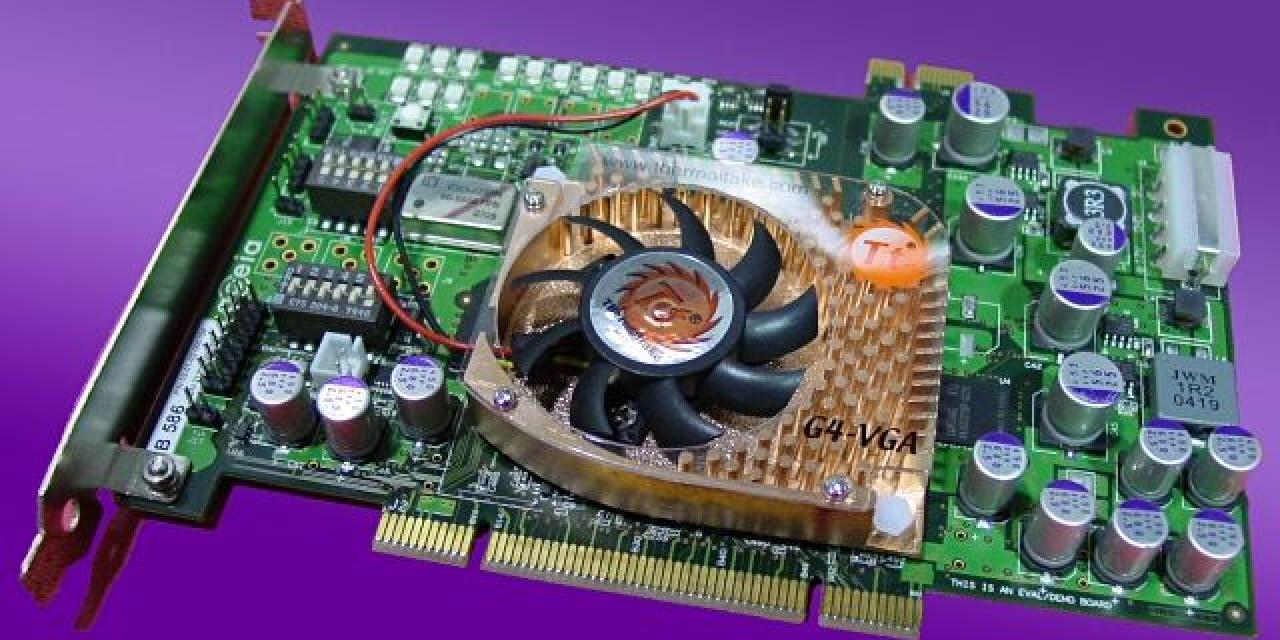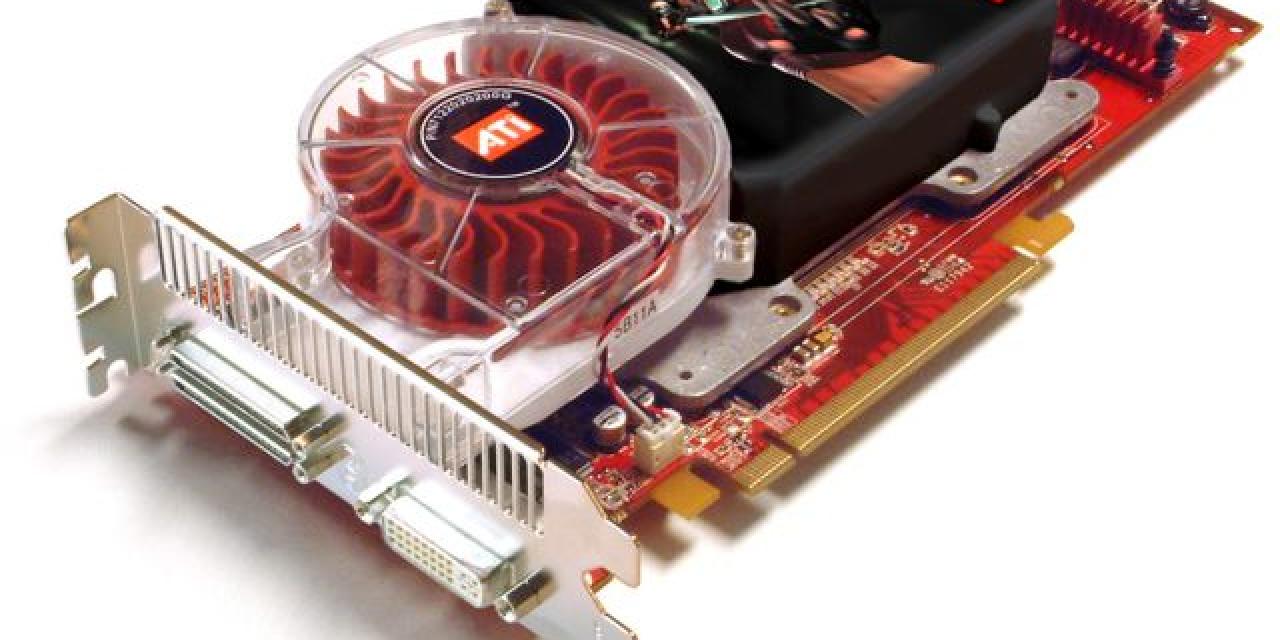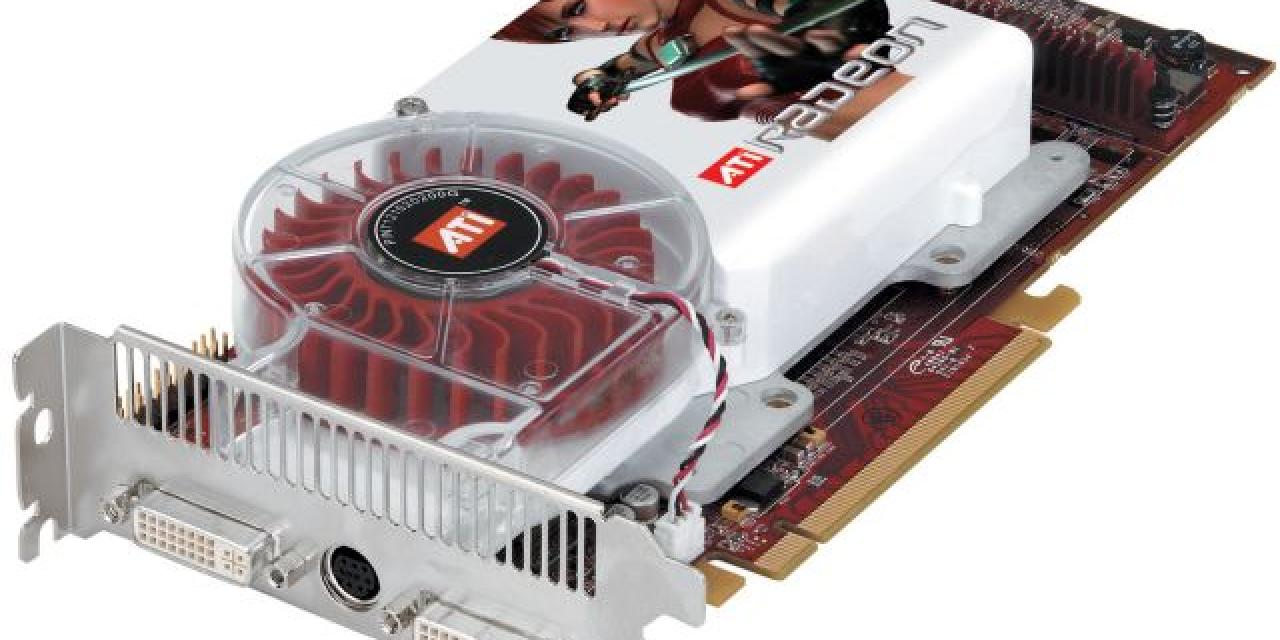


ATI has struck back at announcements made by rivals nVidia and Ageia at GDC regarding game physics and claims that both its R520 and R580 architectures already have the ability to process physics; an ability that can be utilised through software drivers. ATI also goes on to claim that not only will the Havok FX add-on work on its cards as well as nVidia's but that it will perform better on ATI hardware.
Ever since Half-Life 2 marketing demonstrated how important physics is for gaming, the race has been on between the big players in gaming hardware to figure out how to improve the experience. Both ATI and nVidia currently process physics in a similar way by loading and processing some of the physics calculations on to the GPU or, in cases of Crossfire or SLI setups, by loading all physics calculations onto one of the GPUs. There are some obvious limitations to this method such as the lack of a dedicated processor and that's where Ageia found its niche and claims that its stand alone physics processor will greatly improve gaming physics. ATI however, claims that its X1900 GPU has more than enough residual processing power during gameplay. This statement suggests that developers are not focused on getting the most out of the graphics processors and may be limiting the end user experience of their product.
To add to the confusion nVidia and Havok went through a very detailed song and dance about how great they both are at GDC and demonstrated Havok FX, an add on to the Havok API that we were told will do wonders for in-game physics on nVidia hardware. ATI, anxious to respond to such claims, claims that since in-game physics relies heavily on floating point arithmetic, its R580 architecture is ideally suited to it since it features 48 pixel shaders and suggests that it has 375 GFlops per card available for such calculations. This number compares favorably to the 10 GFlops available in the fastest widely available CPUs and the 100 Ageia will offer. Other aspects of ATI architecture such as dedicated branching logic, unified shader units and a 3:1 shader/pipeline ratio also offer advantages when performing physics calculations.
Although ATI claims it will support Havok physics fully however, its real secret weapon, it seems, will be its own physics API which it plans to offer to developers soon. The first major and obvious benefit of this is that current owners of X1800 and X1900 boards will only require a driver update to be able to enjoy the benefits. ATIs own low-level physics API will offer developers the opportunity to program for its GPU directly, skipping Direct3D and OpenGL. Developers will also have the option of using D3D and OpenGL.
Advocates of ATI's, nVidia's, or Ageia's plans claim that these benefits are enough to guarantee each of the companies will claim the physics crown but there are some voices of concern regarding the bigger... physics picture. The developemnt of the technology is fairly new and we may not be aware of all facts, one example is that although floating point calculations are important for physics, memory bandwidth also plays an important part in collision detection performance and a dedicated processor such as Ageia can deliver 2 Tb/sec, a figure that ATI's current GPUs cannot even begin to approach.
The real point that we need to stress about game physics is that the gamer has to see beyond the exuberant claims made by the manufacturers. Before you rush to buy another USD 500 card or add-on give it some time until you see how these big words find their way into games. Will all games support all forms of physics? Will the new hardware support all that? The market needs to mature before anyone can claim to be winning or even competing for that matter in the physics race. Those of you thinking of buying a card now however may be justifiably tempted by the promise of longevity given by the X1800 and X1900 range.







